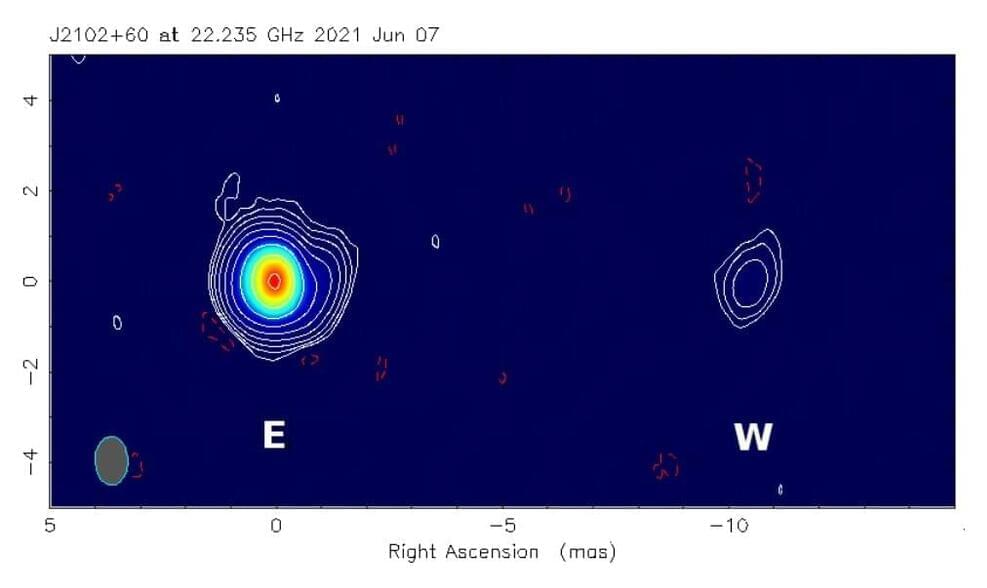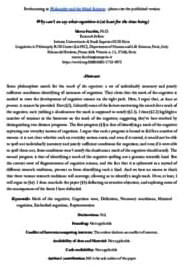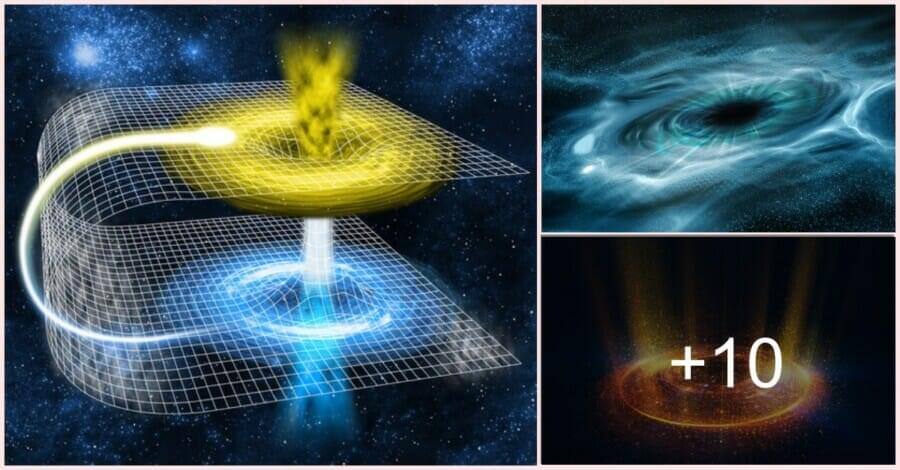Year 2022, this basically could shield the earth or Mars from solar radiation if we needed it. 😗
First experimental measurement of pure electron outflows associated with magnetic reconnection driven by electron dynamics in laser-produced plasmas.
Magnetic reconnections in laser-produced plasmas have been investigated in order to better understand the microscopic electron dynamics, which are relevant to space and astrophysical phenomena. Osaka University scientists, in collaboration with researchers at the National Institute for Fusion Science and other universities, have reported the direct measurements of pure electron outflows relevant to magnetic reconnection using a high-power laser, Gekko XII, at the Institute of Laser Engineering, Osaka University in Japan. Their findings will be published today (June 30, 2022) in Springer Nature, Scientific Reports.
Established in 2011, <em>Scientific Report</em>s is a peer-reviewed open-access scientific mega journal published by Nature Portfolio, covering all areas of the natural sciences. In September 2016, it became the largest journal in the world by number of articles, overtaking <em>PLOS ON</em>E.










